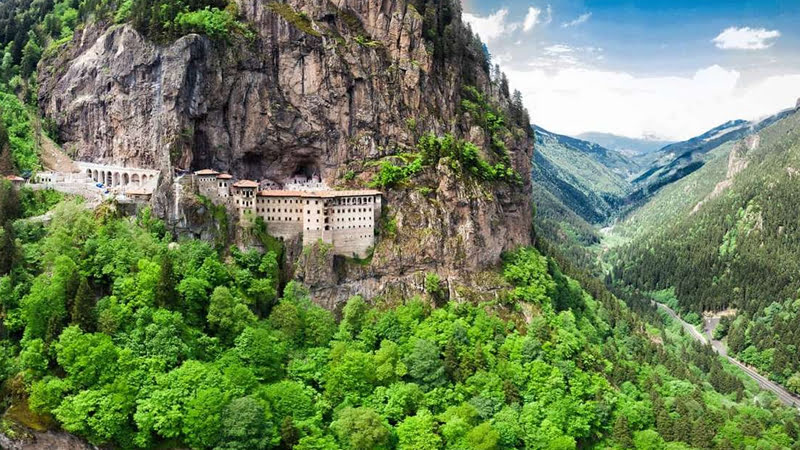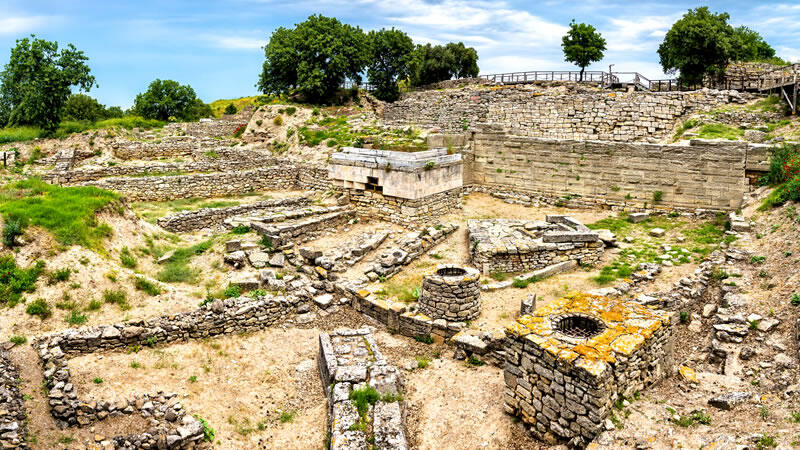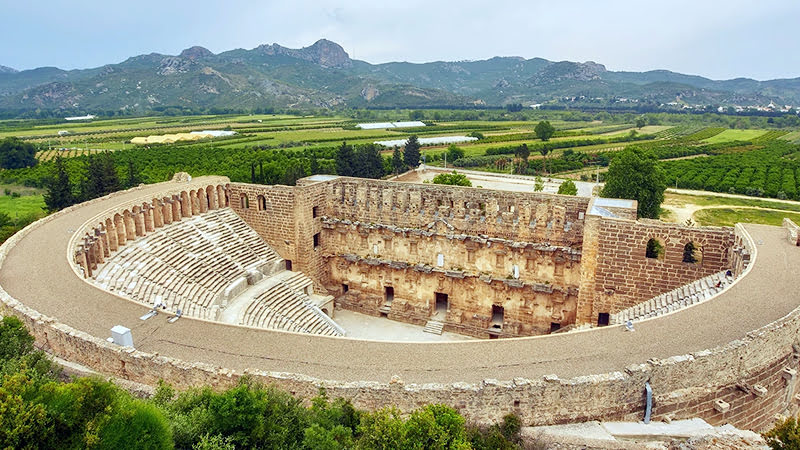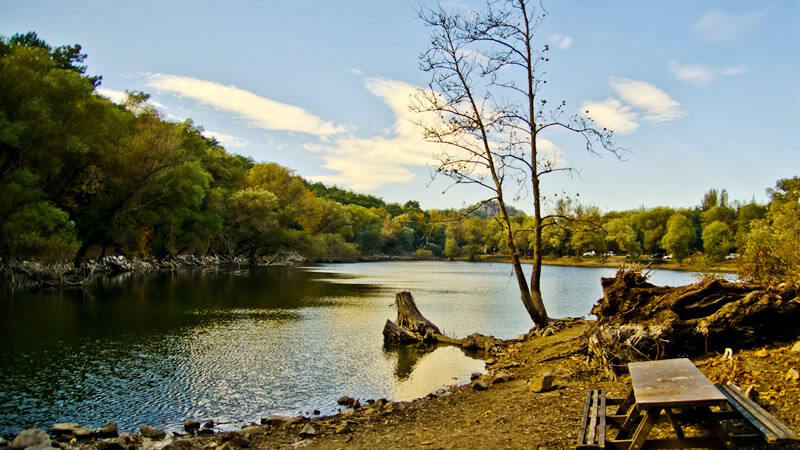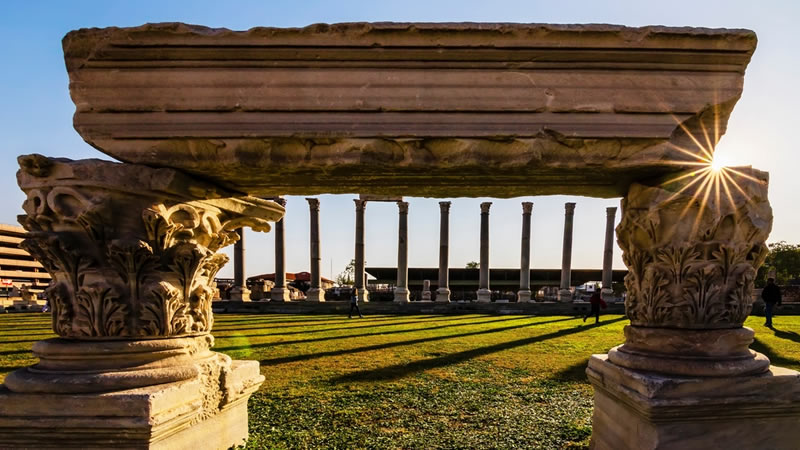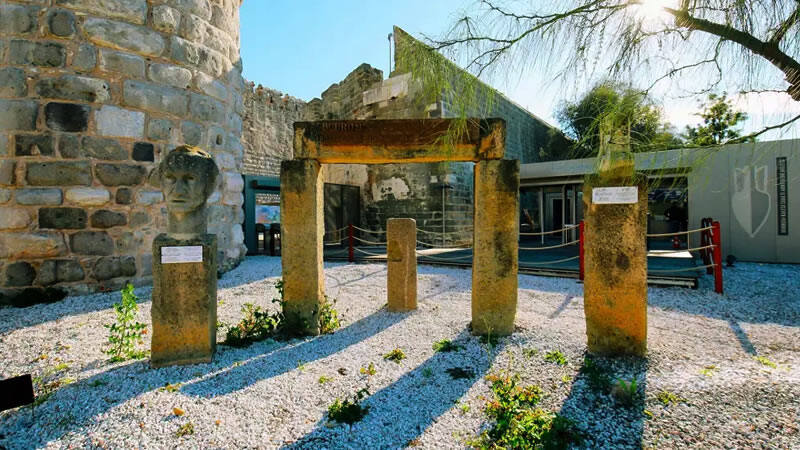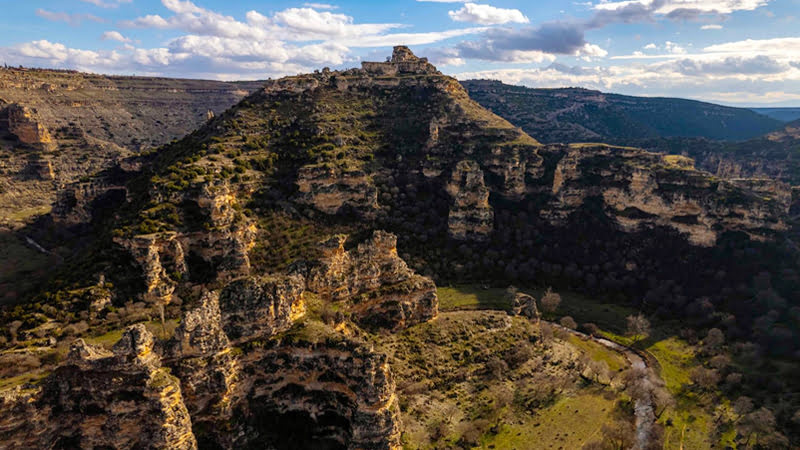Gobeklitepe - The Discovery That Rewrote Human History
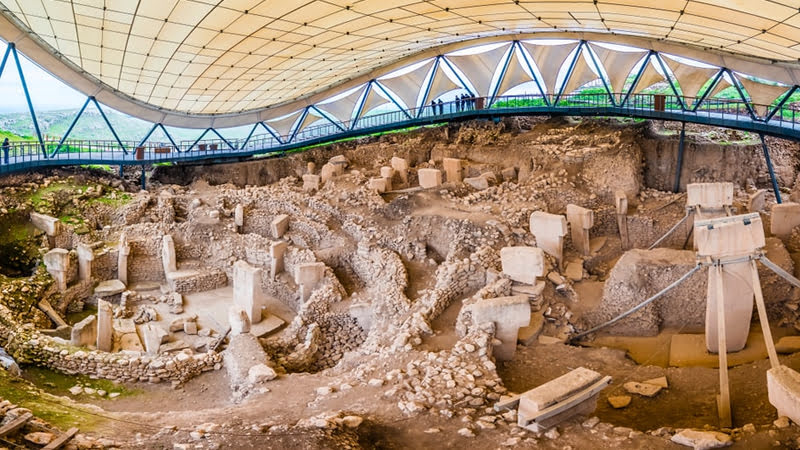
Gobeklitepe is an ancient settlement located approximately 15 kilometers northeast of Şanlıurfa province in southeastern Turkiye, which has had a great impact on the world archaeological community. Dating back to 10,000 BC, this temple complex is not only the oldest religious structure in human history, but also allows us to re-evaluate the complexity and cultural development of pre-agricultural societies. In this article, we will examine in detail the discovery, history, archaeological findings, religious and social significance, and current status of Gobeklitepe.
Gobeklitepe was discovered in 1963 during surface surveys conducted by the Universities of Istanbul and Chicago, but its true importance was understood in 1994 when Klaus Schmidt arrived in the region and began excavation work. Schmidt revealed that the large T-shaped stone columns and circular structures found here are the oldest known temple complex in the world. Excavations show that Gobeklitepe dates back to 10,000-8,000 BC and therefore was built before the beginning of agriculture and settled life.
The most striking findings at Gobeklitepe are the giant T-shaped stone columns. These columns are stylized human-shaped figures with various animal reliefs and symbols on them. Animal figures such as lions, snakes, scorpions, and wild boars not only reflect the flora and fauna of the region, but also provide clues about the religious and mythological beliefs of this society.
The structures at Gobeklitepe generally consist of circular and oval-shaped rooms with 10-12 columns. It is thought that each structure was used as a central ritual area. The columns are enormous, some reaching 5.5 meters in height and 10 tons in weight. These structures reveal the engineering skills and social organization capacity of Stone Age people.
The discovery of Gobeklitepe suggests that religion may have developed before agriculture and settled life. Traditionally, it was thought that temples and religious structures were built with the beginning of agriculture and settled life. However, Gobeklitepe shows that hunter-gatherer societies could also have had complex religious rituals, and that these rituals served to keep communities together and encourage cooperation.
In this context, it is possible to suggest that social and religious organization began at Gobeklitepe before the agricultural revolution and was perhaps one of the elements that encouraged the development of agriculture and settled life. The ritual activities at Gobeklitepe enabled communities to come together and build large structures, and this process may have contributed to the emergence of social hierarchies and complex social structures.
Gobeklitepe was included in the UNESCO World Heritage List in 2018 and is currently protected and promoted as one of the most important archaeological sites in Turkiye. The region is visited by thousands of local and foreign tourists every year. Various projects are being carried out and excavations are ongoing to protect and promote Gobeklitepe.
Gobeklitepe is of great importance not only from an archaeological perspective but also in terms of understanding human history. This ancient temple complex reveals the complexity and social organization capacity of hunter-gatherer societies, while allowing us to re-evaluate the role of religion and ritual in the development of societies. Gobeklitepe is a discovery that challenges the known boundaries of human history and causes us to rethink our past, and awaits further enlightenment with new research to be conducted in the future. This fascinating area will continue to attract deep interest and admiration for both the scientific world and the general public.
The Discovery and Excavation of Gobeklitepe
Gobeklitepe was discovered in 1963 during surface surveys conducted by the Universities of Istanbul and Chicago, but its true importance was understood in 1994 when Klaus Schmidt arrived in the region and began excavation work. Schmidt revealed that the large T-shaped stone columns and circular structures found here are the oldest known temple complex in the world. Excavations show that Gobeklitepe dates back to 10,000-8,000 BC and therefore was built before the beginning of agriculture and settled life.
Archaeological Findings and Architectural Features
The most striking findings at Gobeklitepe are the giant T-shaped stone columns. These columns are stylized human-shaped figures with various animal reliefs and symbols on them. Animal figures such as lions, snakes, scorpions, and wild boars not only reflect the flora and fauna of the region, but also provide clues about the religious and mythological beliefs of this society.
The structures at Gobeklitepe generally consist of circular and oval-shaped rooms with 10-12 columns. It is thought that each structure was used as a central ritual area. The columns are enormous, some reaching 5.5 meters in height and 10 tons in weight. These structures reveal the engineering skills and social organization capacity of Stone Age people.
Religious and Social Importance
The discovery of Gobeklitepe suggests that religion may have developed before agriculture and settled life. Traditionally, it was thought that temples and religious structures were built with the beginning of agriculture and settled life. However, Gobeklitepe shows that hunter-gatherer societies could also have had complex religious rituals, and that these rituals served to keep communities together and encourage cooperation.
In this context, it is possible to suggest that social and religious organization began at Gobeklitepe before the agricultural revolution and was perhaps one of the elements that encouraged the development of agriculture and settled life. The ritual activities at Gobeklitepe enabled communities to come together and build large structures, and this process may have contributed to the emergence of social hierarchies and complex social structures.
Gobeklitepe Today
Gobeklitepe was included in the UNESCO World Heritage List in 2018 and is currently protected and promoted as one of the most important archaeological sites in Turkiye. The region is visited by thousands of local and foreign tourists every year. Various projects are being carried out and excavations are ongoing to protect and promote Gobeklitepe.
Gobeklitepe is of great importance not only from an archaeological perspective but also in terms of understanding human history. This ancient temple complex reveals the complexity and social organization capacity of hunter-gatherer societies, while allowing us to re-evaluate the role of religion and ritual in the development of societies. Gobeklitepe is a discovery that challenges the known boundaries of human history and causes us to rethink our past, and awaits further enlightenment with new research to be conducted in the future. This fascinating area will continue to attract deep interest and admiration for both the scientific world and the general public.




